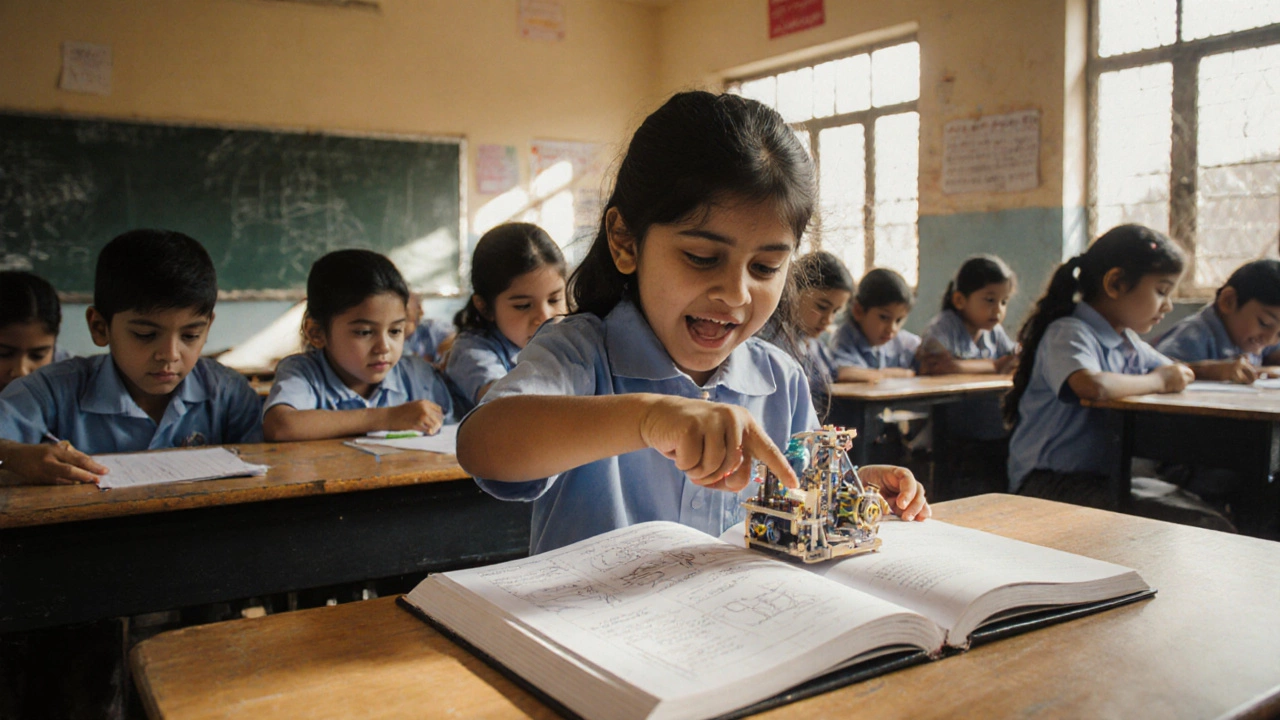Child Education India: What Works, What Doesn’t, and Where to Start
When we talk about child education India, the system that shapes how millions of young Indians learn from preschool through high school. Also known as early childhood learning in India, it’s not just about books and exams—it’s about how families, teachers, and society shape a child’s first experiences with learning. Many assume good education means top scores in board exams, but real learning starts long before Class 10. It begins with how a child is spoken to at home, whether they’re encouraged to ask questions, and if their curiosity is met with patience—or pressure.
The Indian school system, a mix of public, private, and boarding schools with wildly different standards. Also known as education infrastructure in India, often prioritizes rote memorization over critical thinking. A child in a rural government school might share one textbook among five students, while a private school in Bangalore uses tablets and coding apps. But here’s the truth: money doesn’t always equal better learning. Some of the most confident, creative kids come from homes with few resources but lots of love and conversation. Meanwhile, parenting in India, the role families play in shaping a child’s attitude toward school. Also known as home-based learning support, is changing fast. More parents are now asking: Is my child learning to think—or just to repeat? They’re skipping coaching classes to read bedtime stories, replacing flashcards with open-ended questions, and choosing schools based on how happy their child seems—not just the fee structure. And it’s not just about academics. child development India, how emotional, social, and cognitive growth is supported—or ignored—in early years. Also known as early childhood development, gets little attention in policy, but it’s the foundation of everything else. A child who feels safe, heard, and valued at age five will handle stress, failure, and change better at 15.
What you’ll find in these posts aren’t generic tips or idealized stories. These are real, messy, practical experiences—how a single mom in Lucknow got her son to love reading without a single English book, how a teacher in Odisha turned a classroom of 60 into a project-based learning lab, and why some kids who failed Class 12 ended up thriving in trades or online skills. There’s no magic formula here. Just clear, honest steps that work when you’re tired, broke, or overwhelmed. If you’re wondering how to help a child learn without burning them out, or how to push for change when the system feels stuck, you’re in the right place. The answers aren’t in expensive coaching centers. They’re in everyday choices—and the posts below show you exactly how to make them.
